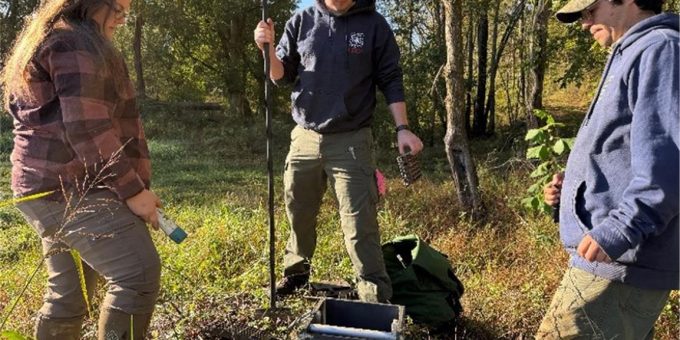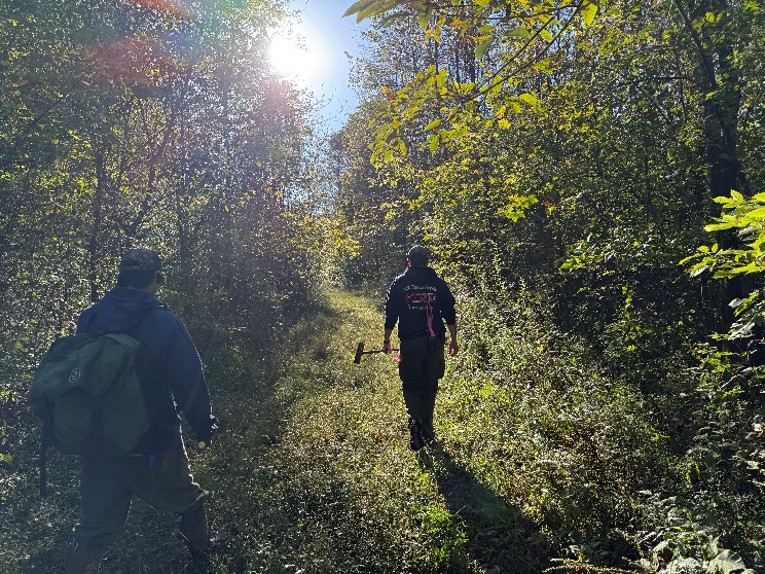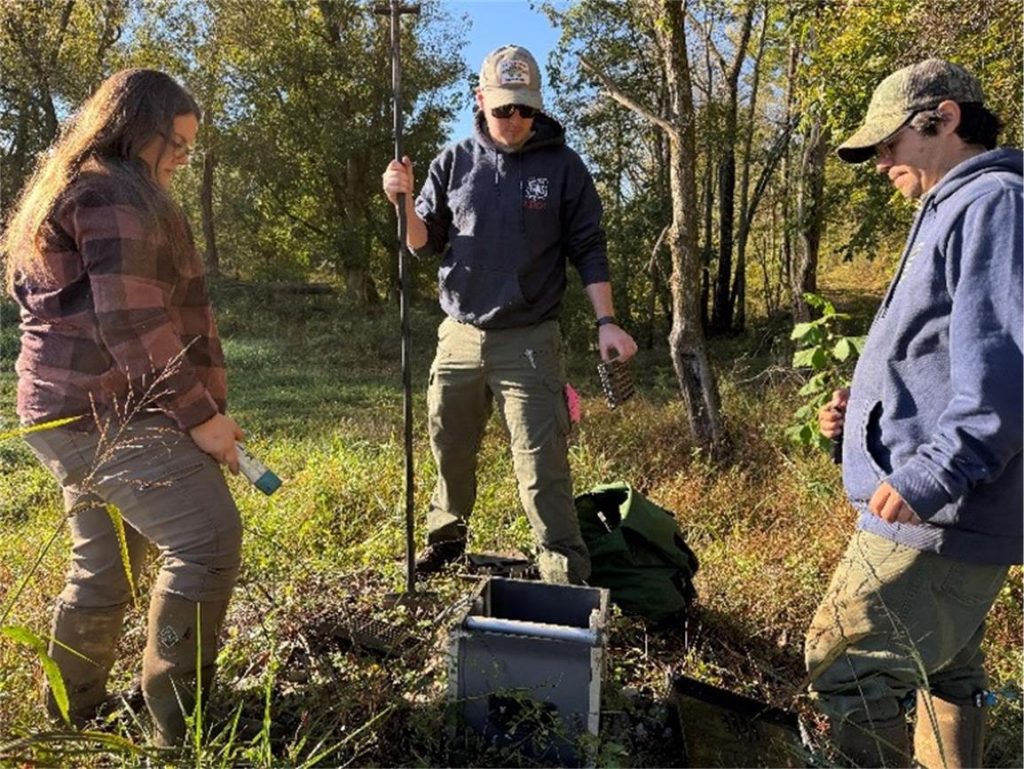
BEDFORD— Staff at the Hoosier National Forest recently monitored and adjusted water levels at the Otter Creek Riparian Restoration area in Crawford County. The work is part of an ongoing effort to repair and enhance southern Indiana’s natural wetlands.

Wetlands are areas where water either covers the soil or is present near the surface year-round or for varying periods of time during the year. Due to farming and development, Indiana has lost close to eighty-five percent of the wetlands it had a century ago.
The Otter Creek Riparian Restoration project seeks to reclaim the lost habitat. The Otter Creek wetland area is a wetland known as a moist soil unit.

“Moist soil units are traditionally flooded during the fall for wildlife foraging purposes and to provide a roosting habitat for waterfowl,” said Hoosier National Forest wildlife technician Bryan King. “Then, in the summer, water levels are reduced to allow for the germination of annual plants. The goal is to recreate the shallow water wetlands that existed before farmers settled the area. We’ve planted native trees and shrubs, and installed water control structures to support wildlife and restore the wetland areas.”
The Hoosier National Forest staff have been involved in wetland restoration efforts for more than 30 years in 10 different areas of the forest, including Paw Paw Marsh, the Roland Wetlands, and the Houston Pin Oak Riparian Area. Their work is essential because of the valuable role wetlands play in nature. They are some of the most productive ecosystems in the world and are home to a wide variety of species of plants, insects, amphibians, reptiles, birds, fish, and mammals.

“The adjustment and monitoring of Otter Creek Restoration Riparian area water levels (and the water levels of other Hoosier National Forest wetlands) is essential in making sure that wetlands in southern Indiana continue to serve as a beneficial habitat to the thousands of species of aquatic and terrestrial plants and animals that live there,” said King.








.png)











